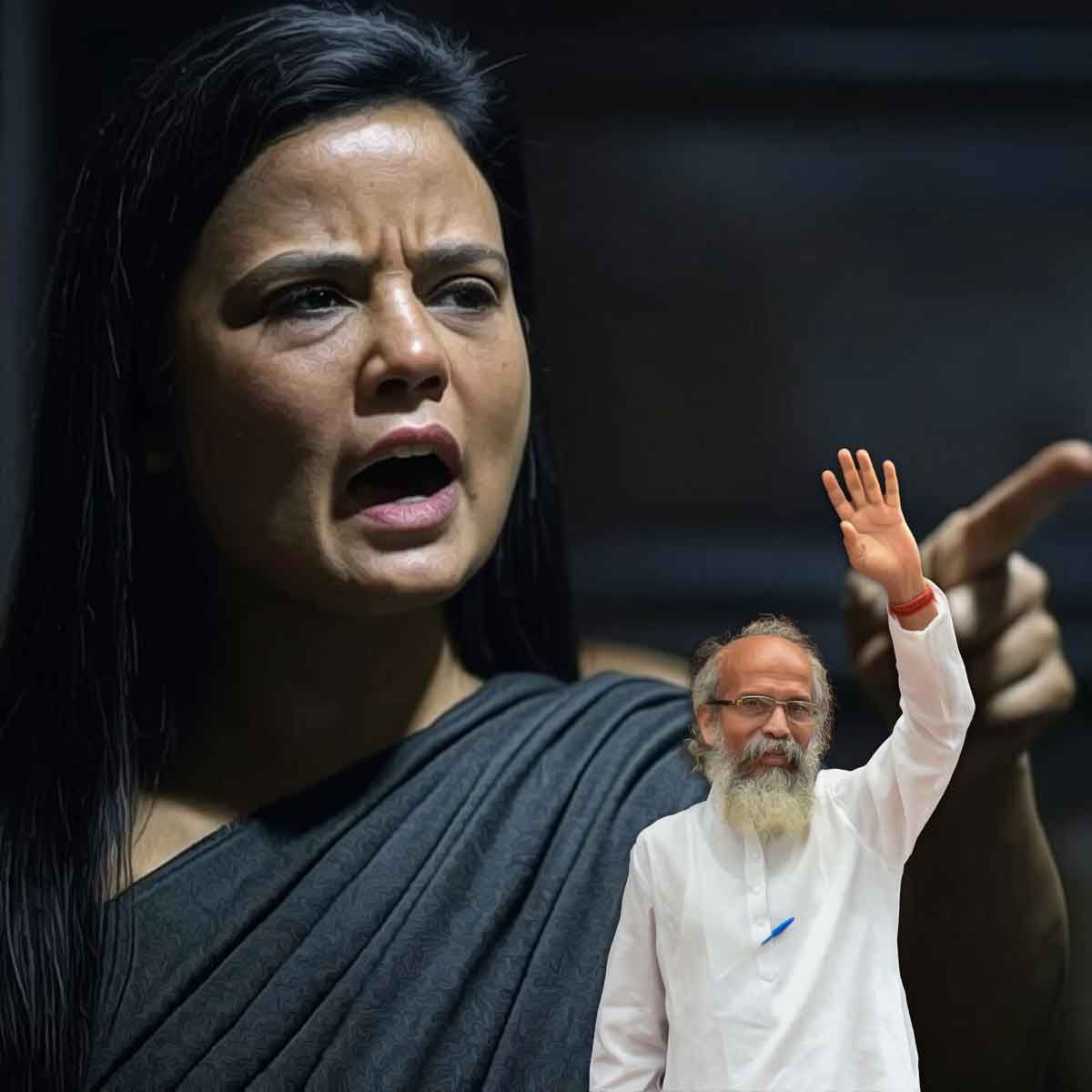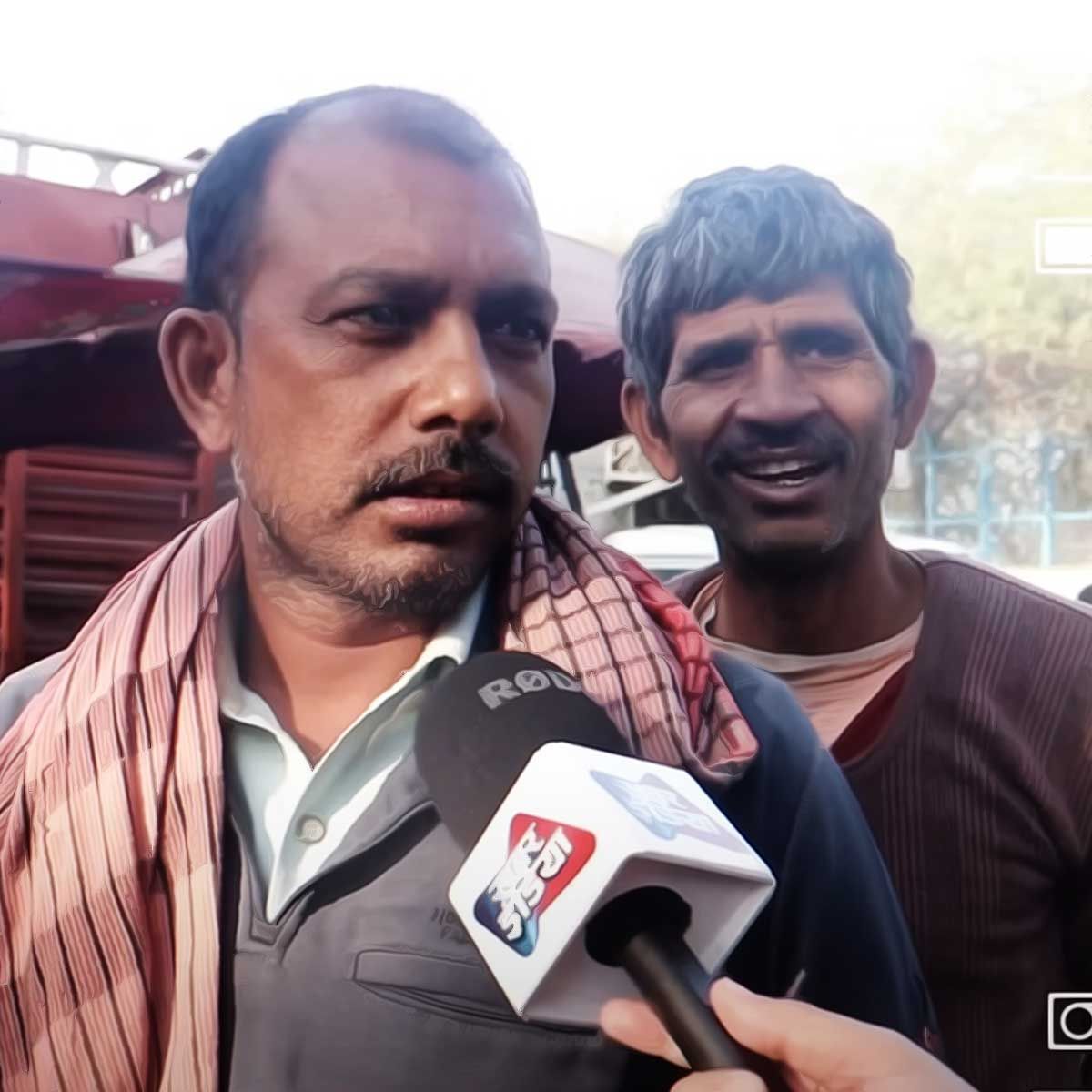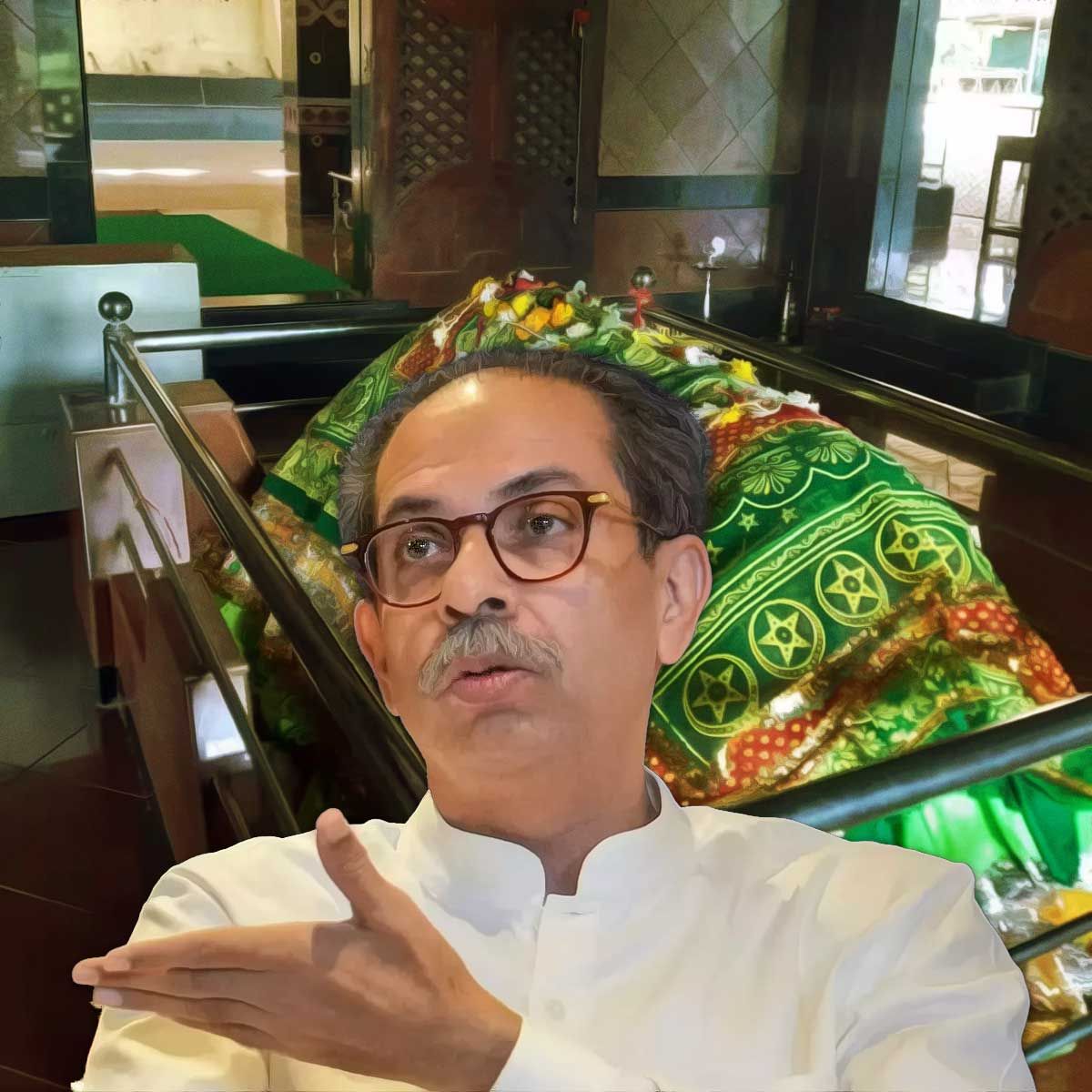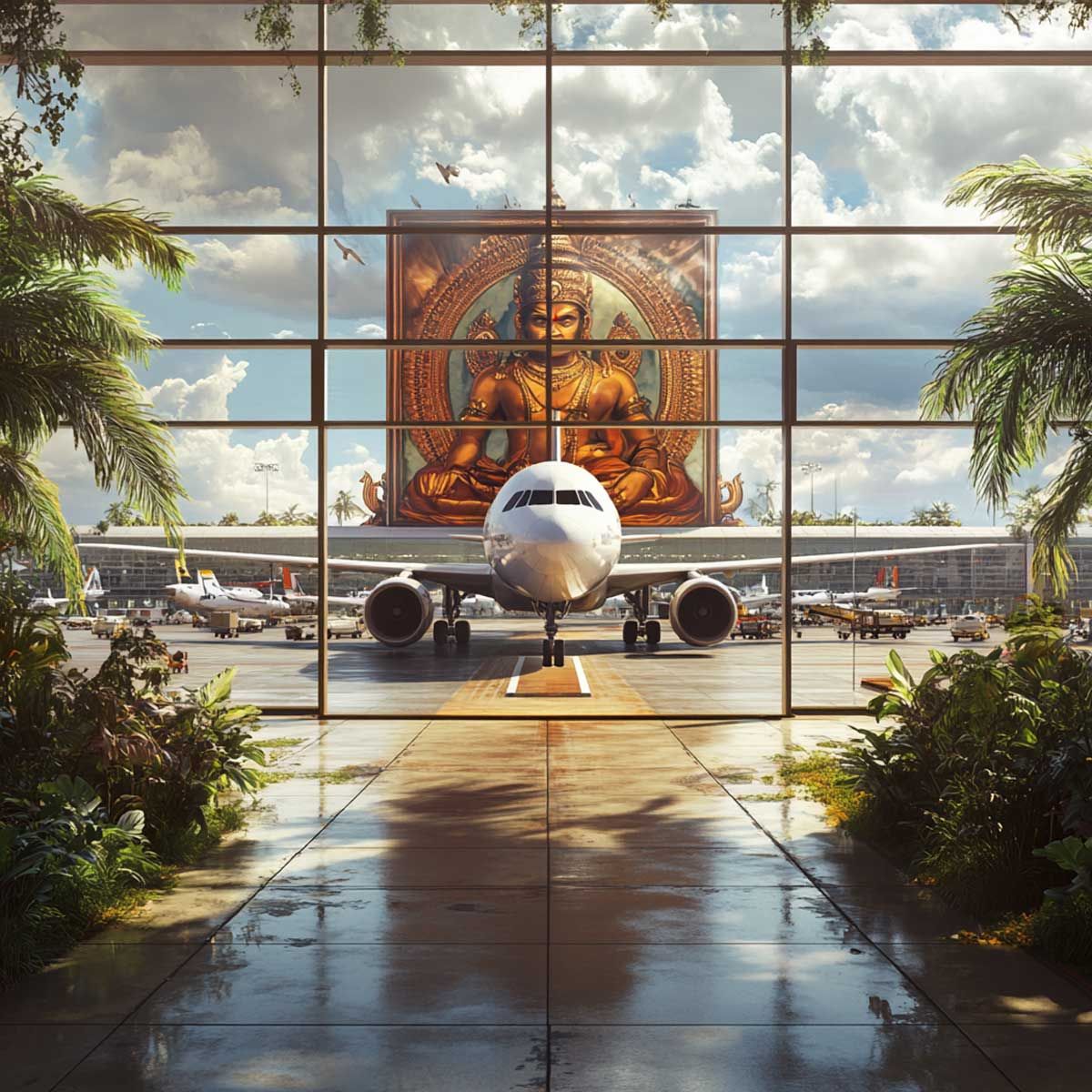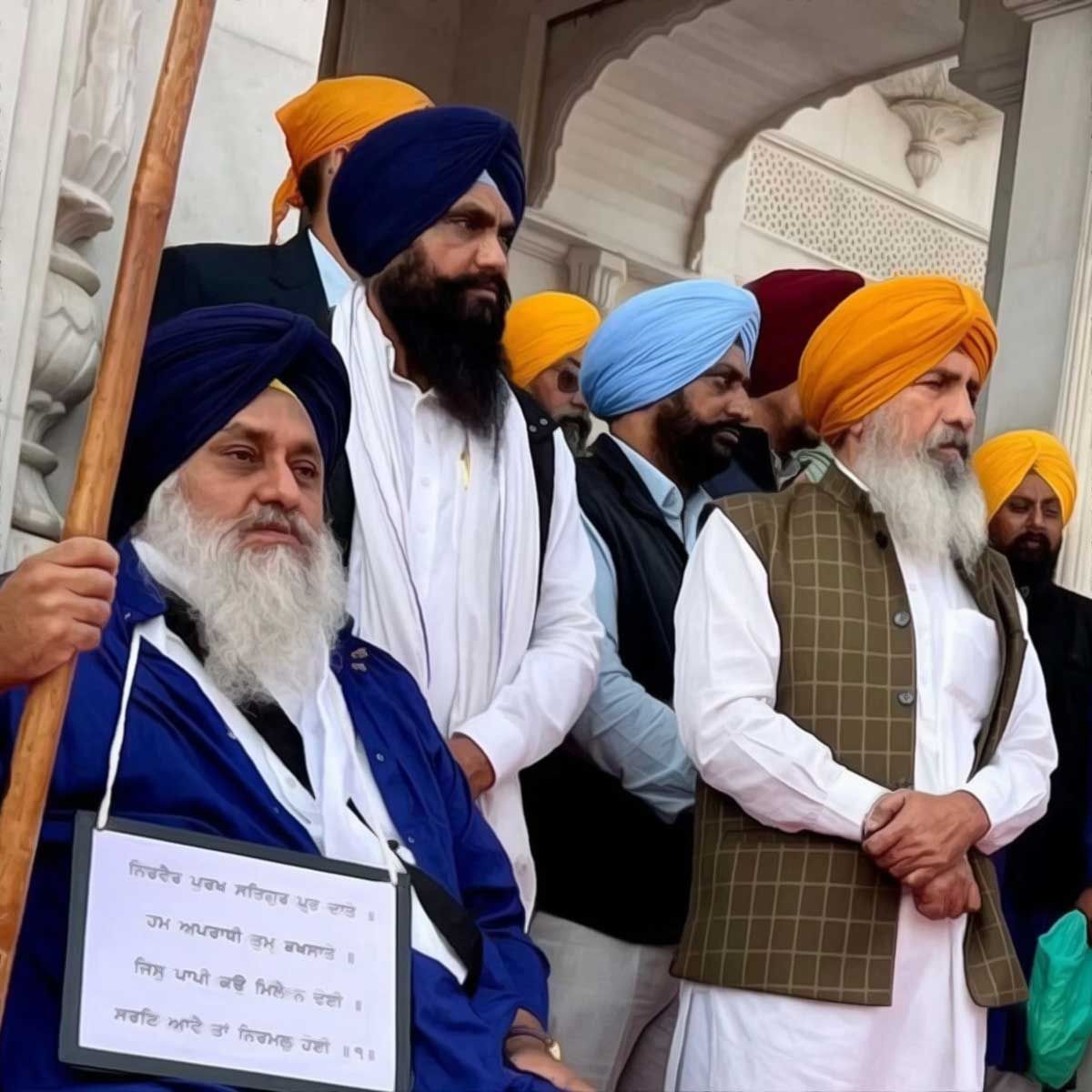More Coverage
Twitter Coverage
JOIN SATYAAGRAH SOCIAL MEDIA
"Big Win for Hindu Side": Historic breakthrough in Gyanvapi case as Varanasi court orders ASI to release survey report, granting both Hindu and Muslim parties access to hard copies, a step towards transparency and justice in the high-stakes legal battle

In a significant development in the Gyanvapi case, the Varanasi District Court, on January 24th, granted permission to make the Archaeological Survey of India (ASI) report public. This decision marks a pivotal moment in the ongoing case, as it allows for greater transparency and access to crucial information for both parties involved.
|
The court order specifically mandates that hard copies of the ASI report must be provided to both the Hindu and Muslim sides involved in the case. This step ensures that each party has equal access to the contents of the report, which could play a crucial role in the proceedings.
Advocate Vishnu Shankar Jain, who represents the Hindu side in the case, provided insight into the court's decision. He stated, “Today, the court heard both sides and a consensus was reached that the hard copy of the ASI’s report will be provided to both sides. The ASI objected to providing the report via email. So, both sides agreed to get the hard copy of the report.” This quote highlights the process of deliberation that took place in the court, leading to the agreement on the distribution of the ASI report's hard copy. It also reflects the preference for traditional documentation over digital means, as indicated by the ASI's objection to email distribution.
Further emphasizing the court's approach, it was noted that “The court listened to both sides today. After hearing both sides, an agreement was reached that a certified copy of ASI’s report be made available to both sides. As soon as the court passes the order, our legal team will apply for the certified copy…” This statement underscores the court's balanced and equitable handling of the situation, ensuring that both parties received the report under the same conditions. It also indicates the readiness and eagerness of the legal teams to proceed once the official order is passed.
|
Advocate Harishankar Jain highlighted a significant development regarding the Archaeological Survey of India (ASI) report. He pointed out the existence of strong arguments against making the report public. His statement, "A lot of objections were raised that do not make the (ASI) report public…Today, the Court heard both sides and decided to make the report available to both parties. The report will be made public and everyone will get to know what is in the report,” reflects the contentious nature of this decision. Despite objections, the court’s decision to make the report public marks a move towards transparency, allowing all interested parties and the general public to understand the findings of the ASI.
Prior to this, on January 16, the Supreme Court had made a notable ruling in relation to the Gyanvapi mosque. The court allowed an application from Hindu women petitioners who sought directions for cleaning the entire area of the ‘wazukhana’ (ablution area) of the Gyanvapi mosque, where a ‘Shivling’ was reportedly found. This decision was aimed at maintaining hygienic conditions around the significant discovery.
|
The bench involved in this ruling included Chief Justice of India DY Chandrachud, along with Justices JB Pardiwala and Manoj Misra. They collectively agreed that "the area of ‘wazukhana’ shall be cleaned under the supervision of district administration Varanasi, having regard to the previous orders of the apex court." This directive ensures that the cleaning process is carried out in a controlled and respectful manner, considering the sensitivity of the site and the Supreme Court's earlier orders.
Furthermore, the Gyanvapi mosque management committee expressed its support for the cleaning of the ‘water tank’, which has been sealed following the apex court’s orders for almost two years. This gesture indicates a willingness to cooperate with the court's decisions and maintain the sanctity of the site.
The sealing of the ‘wazukhana’ area in 2022 was a direct consequence of the discovery of the ‘Shivling’. The Supreme Court's order to seal the area was a precautionary measure to preserve the site and maintain order until further decisions could be made.
|
|
Gyanvapi Case: Diverging Claims Over the Discovered Structure
The Gyanvapi case, a matter of significant religious and historical interest, centers around a structure found within the mosque premises. This structure has been the subject of differing interpretations by the Hindu and Muslim sides. Discovered on May 16, 2022, during a court-mandated survey of the mosque, which is situated adjacent to the Kashi Vishwanath temple, the structure has stirred a considerable debate. The Hindu side claims it to be a “Shivling,” a symbolic representation of the Hindu deity Lord Shiva, while the Muslim side contends that it is a “fountain” used in the mosque.
This discovery has intensified the ongoing Gyanvapi mosque-Kashi Vishwanath temple dispute, placing the ‘Wazu’ area of the mosque at the center of this contention. The 'Wazu' area, typically a place for ablutions before prayers in Islamic tradition, has become a focal point in the case. The Hindu parties assert that the structure found in this area is indeed a ‘Shivling’, suggesting a historical and religious significance of the site aligning with Hindu beliefs. On the other hand, the Muslim parties challenge this claim, maintaining that the structure is merely a water fountain, a common architectural feature in mosques.
|
The contrasting views over the nature of the structure highlight the deep-seated religious and historical complexities inherent in the case. The interpretation of this discovery is not just a matter of identifying a physical object; it carries immense significance for both communities, relating to their religious sentiments and historical narratives. The ongoing legal proceedings and investigations are expected to play a crucial role in resolving these differing claims and shedding light on the true nature and origins of the structure found in the Gyanvapi mosque.
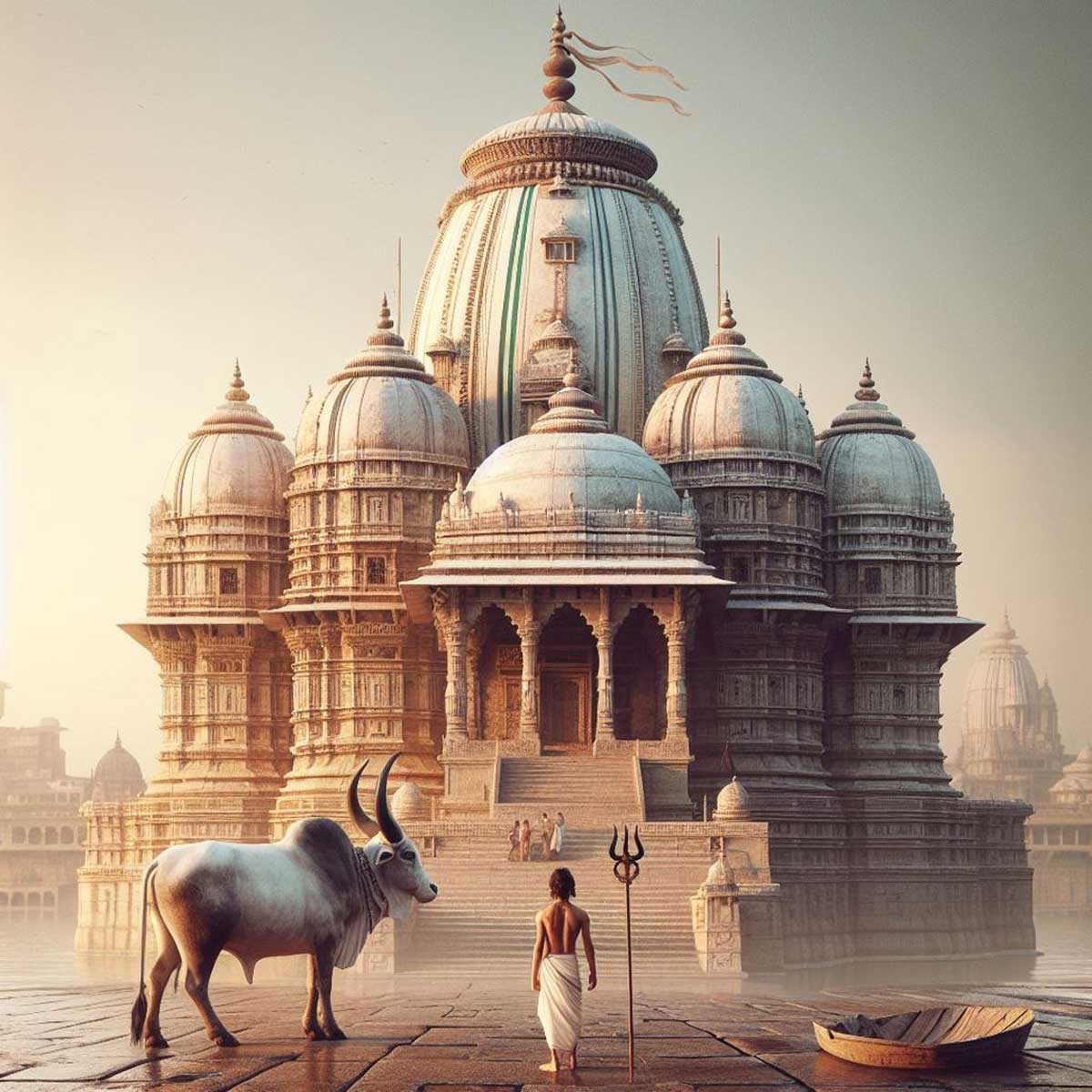 |
 Support Us
Support Us
Satyagraha was born from the heart of our land, with an undying aim to unveil the true essence of Bharat. It seeks to illuminate the hidden tales of our valiant freedom fighters and the rich chronicles that haven't yet sung their complete melody in the mainstream.
While platforms like NDTV and 'The Wire' effortlessly garner funds under the banner of safeguarding democracy, we at Satyagraha walk a different path. Our strength and resonance come from you. In this journey to weave a stronger Bharat, every little contribution amplifies our voice. Let's come together, contribute as you can, and champion the true spirit of our nation.
 |  |  |
| ICICI Bank of Satyaagrah | Razorpay Bank of Satyaagrah | PayPal Bank of Satyaagrah - For International Payments |
If all above doesn't work, then try the LINK below:
Please share the article on other platforms
DISCLAIMER: The author is solely responsible for the views expressed in this article. The author carries the responsibility for citing and/or licensing of images utilized within the text. The website also frequently uses non-commercial images for representational purposes only in line with the article. We are not responsible for the authenticity of such images. If some images have a copyright issue, we request the person/entity to contact us at This email address is being protected from spambots. You need JavaScript enabled to view it. and we will take the necessary actions to resolve the issue.
Related Articles
- In a landmark revelation, ASI's Gyanvapi report claims a temple predating the mosque, with pillars & carvings intact, amidst a storm of cultural debate, pre-Aurangzeb-era relics fuel a historic reckoning for India's heritage, Owaisi and coterie cries fowl
- "हरहरमहादेव": In a momentous occasion, Hindus have reclaimed the right to worship at Gyanvapi's Vyas Cellar in Varanasi after 31 years, symbolizing a significant victory in preserving Hindu's rich spiritual & cultural heritage amidst ongoing legal battles
- "ॐ त्र्यम्बकं यजामहे सुगन्धिं पुष्टिवर्धनम्": In a Historic win for Hindus, Allahabad HC upholds right to worship at Gyanvapi, dismisses all Muslim petitions, Court orders swift 6-month decision, ASI can survey any part of plot number 9130 (Gyanvapi site)
- "जल वही चढ़ाएंगे": In a big move, Hindus approach Supreme Court for an ASI survey of a Shivling in Gyanvapi Masjid's wuzukhana, challenging its obscurity by artificial walls and questioning its historical reverence in a complex tale of faith & heritage
- "PM Modi's dream project" - Govt investing 481 crores to transform Badrinath, a major Hindu pilgrimage into a Spiritual smart hill by 2025 under Badrinath Master Plan 2023, initiative will enhance local economy, tourism, accessibility, and infrastructure
- "Ram Lalla gave me the order, I just followed it": Arun Yogiraj shares he can never replicate the idol carved from 2.5 billion-year-old Krishna Shila, witnessing Prabhu’s face undergo a mystical change post-Alankar decor, etching a once-in-eternity smile
- Exclusive visuals of Shivling inside the wuzukhana of Gyanvapi mosque compound surfaces, motifs of Swastika, Trishul, Lotus, and Hindu deities engraved on walls of the basement: clearest sign yet of existence of a Hindu temple
- MLAs, bureaucrats purchasing land around Ram Mandir site through relatives after the Ayodhya verdict: Yogi Adityanath orders inquiry
- "कण कण शंकर": Fishermen in Gujarat discover a 140kg ancient orange crystal Shivling in their net, stunning the local community, this rare find, potentially dating back centuries, ignites spiritual fervor and debate over its rightful home in sacred temples
- "Every experience is an opportunity to encounter the Divine": Manikaran Shiva Temple, Parvati Ghati, Himachal Pradesh, India where you can witness hot water springs and the temperature varies from 45° to 60° that is used for boiling rice as a Prasadam









